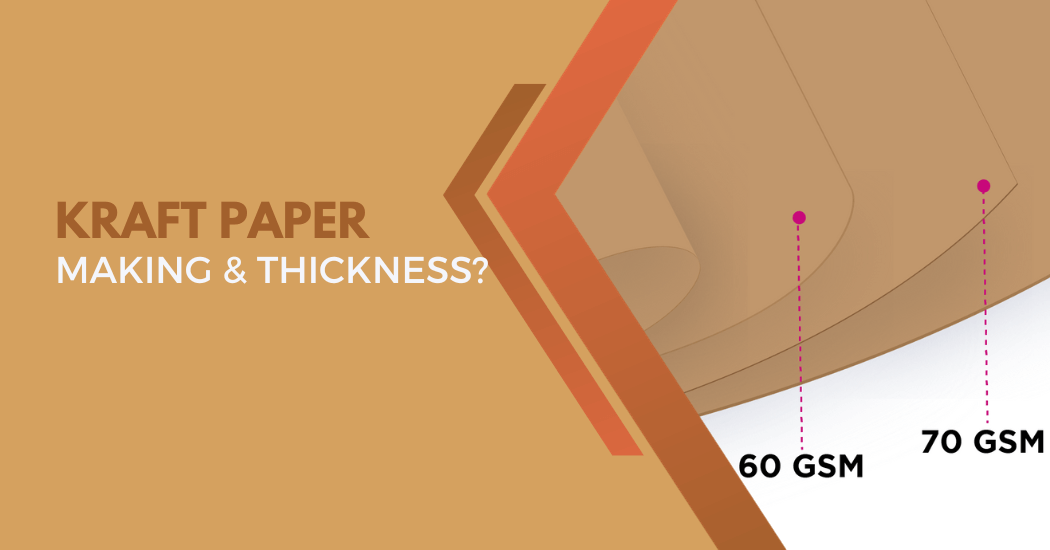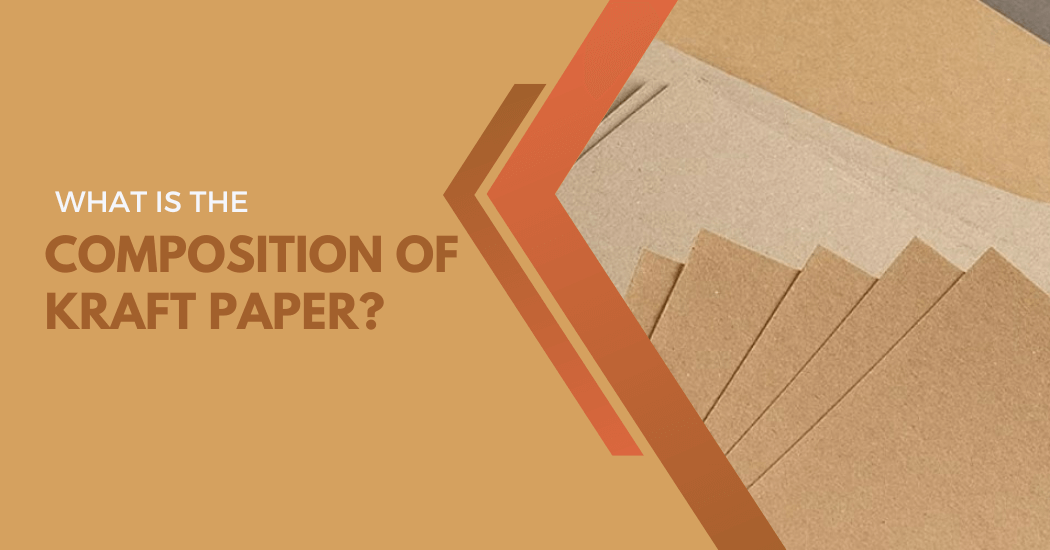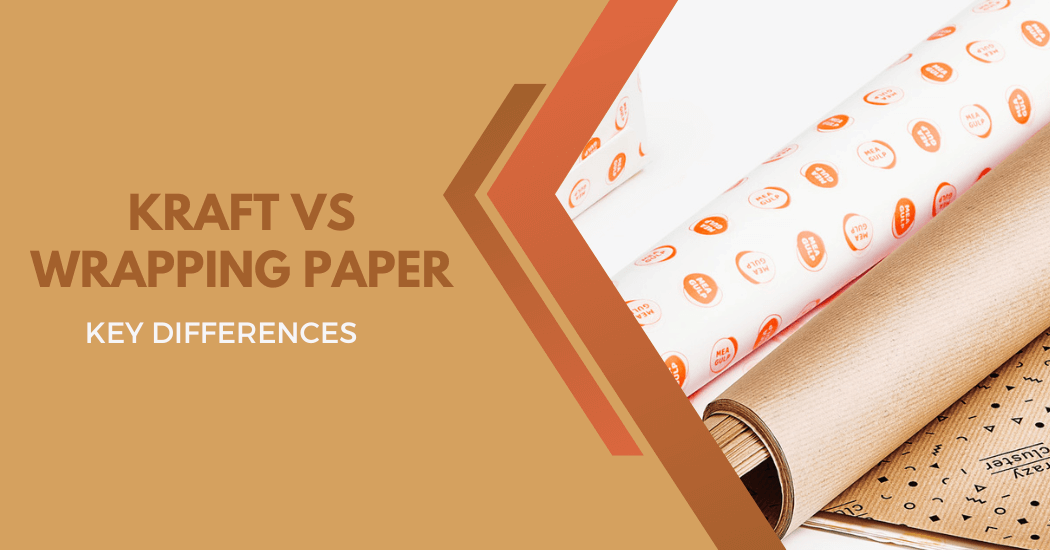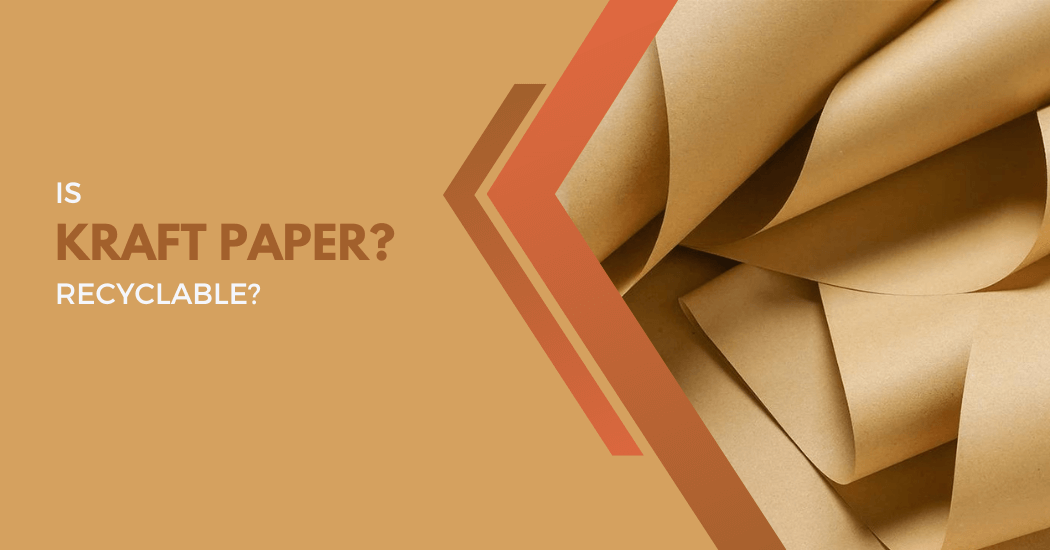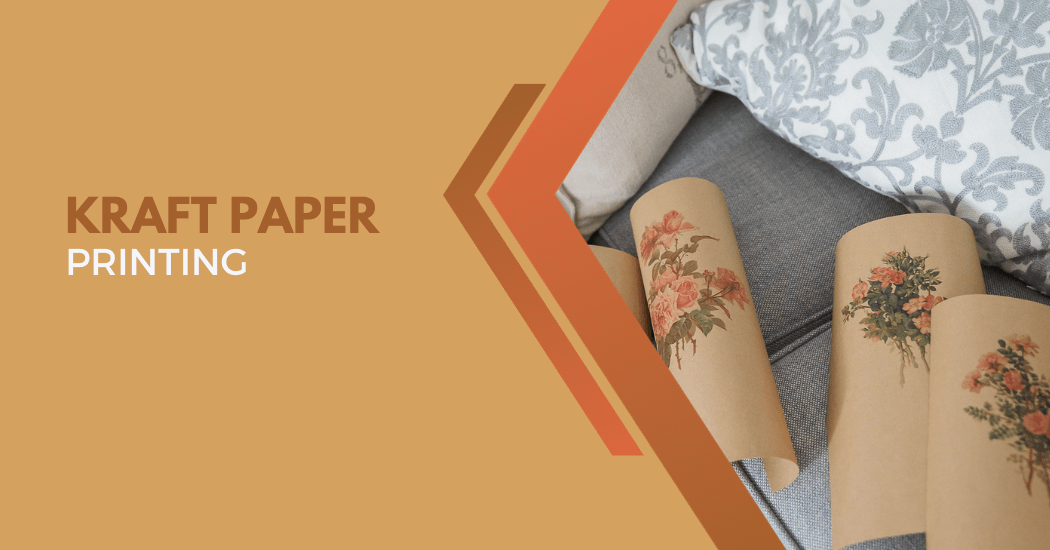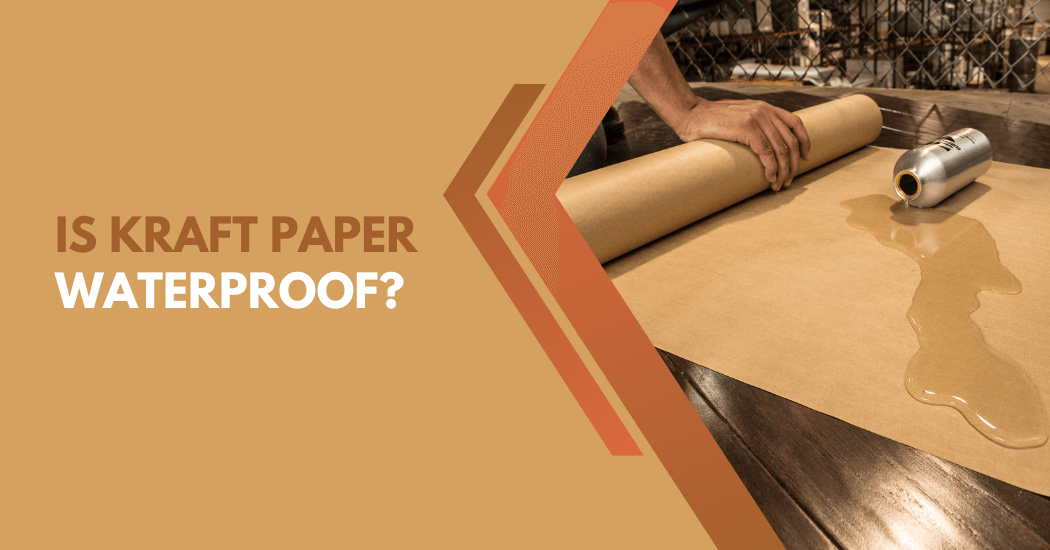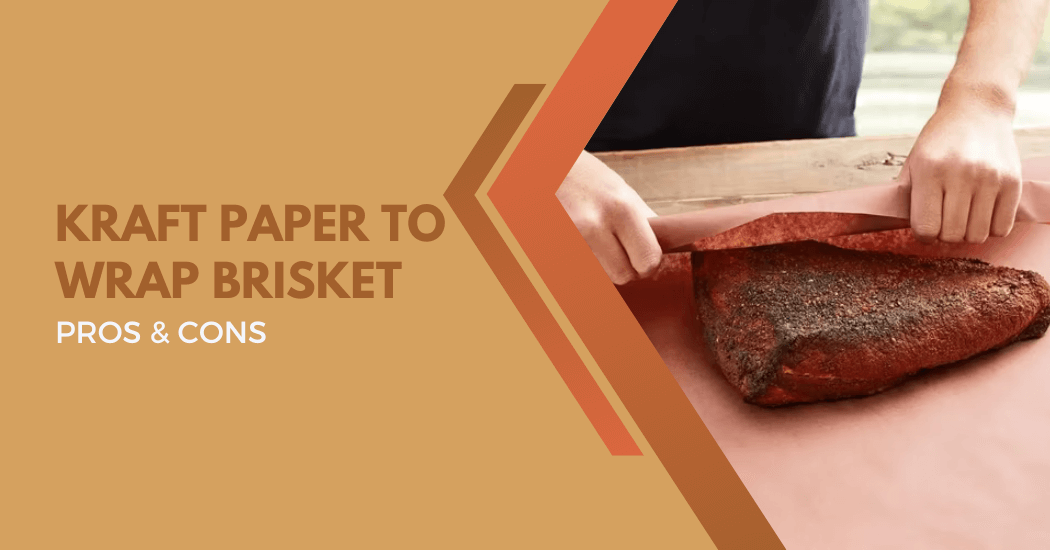How to make Kraft paper & how thick is it?
Creating things from scratch can be a daunting task and when it comes to tasks such as making kraft paper it takes an expert eye to produce a quality product.
Kraft paper is often used for packaging products, wrapping gifts, covering books or journals, scrapbooking and much more! But how exactly is kraft paper made? And what about the thickness?
In this blog post, we’re diving into the details of exactly how kraft paper is made, with all its nuances.
We’ll also explore just how thick kraft papers come in so you can better understand what each type may work best for whatever project you have in mind. So keep reading if you want to learn more about the production of this versatile material.
How is kraft paper made?
Kraft paper is a type of paper that is made from wood pulp. It gets its name from the German word “kraft”, which means strong. This is because kraft paper has exceptional strength and durability, making it ideal for various applications.
The production process for kraft paper begins with the raw material – wood. Specifically, softwood trees such as pine, spruce or fir are typically used due to their long fibers which contribute to the strength of the paper.
The first step involves chipping the wood into small pieces, which are then boiled in a solution of water, sodium hydroxide and sodium sulfide. This process, known as the ‘kraft process’ or ‘sulfate process’, breaks down the lignin and hemicellulose that bind the wood fibers together. The result is a pulp mixture, which is then washed and screened to remove any remaining non-fibrous elements.
Next, the pulp is subjected to a ‘bleaching’ process to remove the brown color associated with kraft pulp, if a white or lighter color of paper is desired. The bleaching process involves treating the pulp with chemicals that react with the remaining lignin, breaking it down into simpler compounds that can be washed away.
Finally, the pulp is fed into a paper machine where it is formed into a thin mat, pressed to remove excess water and then dried. The dried pulp, now a sheet of paper, is then rolled onto large reels for further use.
Different types of kraft paper & their uses
There are several types of kraft paper, each with their specific uses:
- Virgin natural kraft paper: Unbleached and strong, this type is the most common of kraft papers used for applications like heavy-duty packaging, wrapping for industrial goods and carrier bags.
- Absorbent kraft paper: This type has high absorbency and tear resistance. It’s often used in the production of coasters and the medical industry for test papers.
- Bleached kraft paper: This is a strong paper that has been treated to lighten its color. It’s commonly used in the food industry for packaging and in the manufacture of envelopes and sachets.
- Printed kraft paper: This type is printed with various designs or logos, making it ideal for retail and food packaging where branding is important.
- Recycled kraft paper: Made from recycled materials, this type of kraft paper is less durable than virgin natural kraft paper but is more environmentally friendly. It’s often used for packaging and wrapping purposes where high strength is not necessary.
- Kraft liner: This type is used in the corrugating industry to make cardboard boxes. Its primary property is the ability to resist humidity and provide excellent crush resistance in box applications.
When choosing the right type of kraft paper, it’s important to consider the specific usage requirements such as strength, durability, flexibility and absorption. Different types of kraft paper have different properties, so be sure to choose the one that best fits your needs.
How thick is kraft paper?
Kraft paper thickness can vary significantly based on its intended use. The thickness of kraft paper is typically measured in grams per square meter (gsm) or pounds (lb) and can range from a lighter weight of about 30 gsm (around 20 lb) to a heavy-duty weight of 250 gsm (around 166 lb).
It’s important to note that the higher the gsm or lb, the thicker and sturdier the kraft paper will be. For example, lighter-weight kraft paper might be used for wrapping gifts, while the heaviest-duty kraft paper might be used for packaging or protecting items during transit.
Therefore, when selecting the right thickness for your project, consider the strength and durability required for your specific needs.
Guidelines for selecting the right thickness of kraft paper
When selecting the right thickness of kraft paper for your project, there are several key factors to consider:
- Purpose: Think about what you are using the kraft paper for. If you need it for a more heavy-duty purpose, such as packaging, you’ll need thicker paper. For lighter uses, like wrapping gifts, a thinner paper will suffice.
- Weight and Size of the Item: The weight and size of the item you are packaging can influence the thickness of the kraft paper you choose. Heavy or large items will require thicker paper for added durability and strength.
- Environment: If your packaged item will be stored in a damp environment or need to withstand various weather conditions, opt for a thicker, more durable kraft paper that can resist moisture.
- Printing Requirements: If you plan to print on kraft paper, consider the ink absorption and how a thicker or thinner paper might affect the print quality.
- Cost: Thicker kraft paper is generally more expensive than thinner varieties. Determine your budget before making a decision.
These guidelines will assist you in selecting a kraft paper thickness that aligns with your project requirements, ensuring a successful outcome.
Remember, it is always better to err on the side of caution and choose a slightly thicker paper if you are uncertain.
FAQs
How thick is kraft paper?
The thickness of kraft paper can vary greatly and is typically measured in grams per square meter (gsm) or pounds (lb).
It can range from a light weight of about 30 gsm (around 20 lb) to a heavy-duty weight of 250 gsm (around 166 lb). The higher the gsm or lb, the thicker and sturdier the kraft paper will be.
What determines the thickness of kraft paper?
The thickness of kraft paper is determined by its weight measured in gsm or lb. The specific use of the paper often determines the desired thickness.
Thicker, heavier paper is used for heavy-duty applications, while thinner, lighter paper is used for applications like gift wrapping.
What factors should be considered when choosing the thickness of kraft paper?
Factors such as the purpose of the paper, the weight and size of the item being packaged, the environmental conditions, printing requirements and cost should be taken into account when choosing the thickness of kraft paper.
Can the thickness of kraft paper be customized?
Yes, many manufacturers offer the option to customize the kraft paper according to the specific needs of the customer. However, this may impact the cost and lead time of the order.
Is thicker kraft paper more durable?
In general, the thicker the kraft paper, the more durable it is. Thicker paper can withstand more weight and is less likely to tear, making it ideal for packaging heavy items.
Wrap Up
Kraft paper is a versatile and durable type of paper that is commonly used for packaging and other applications. Made from wood pulp through the ‘kraft process’, its thickness can vary significantly depending on its intended use, ranging from lighter weight to heavy-duty options. It also comes in various types, each with its specific uses and properties.
So next time you come across kraft paper, you’ll have a better understanding of how it’s made and what type may work best for your needs. Keep these details in mind when using or purchasing kraft paper for your next project!
So why wait? Go ahead and explore the many uses of this amazing material.
